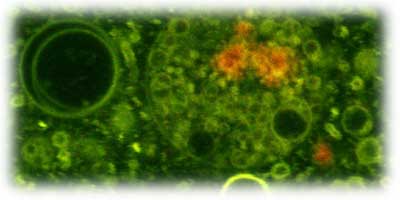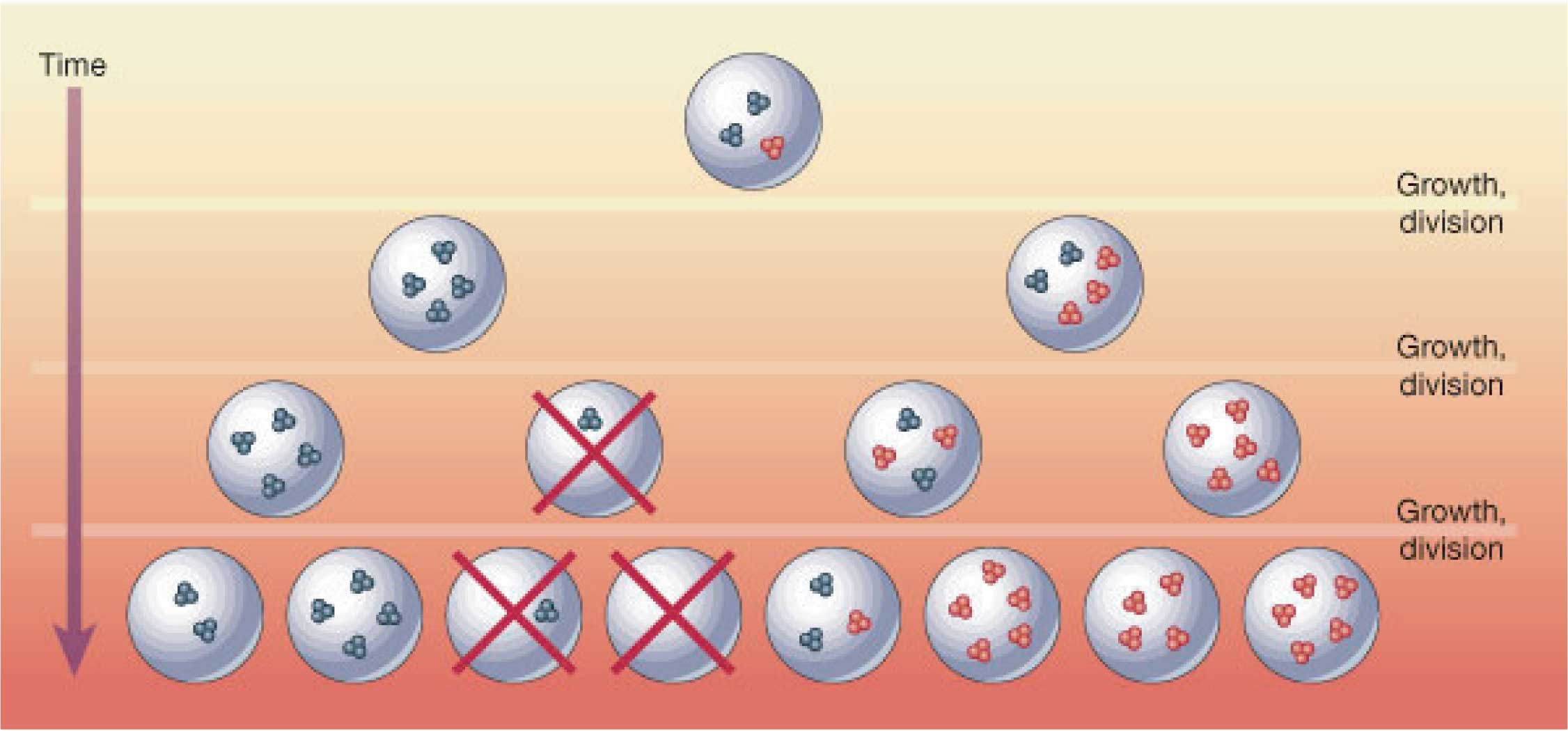 |
|||||||||||||||||
|
|||||||||||||||||
|
The Origins of Life
It is generally accepted that life in its present form — with proteins performing most enzymatic functions and nucleic acids comprising the genetic material — was preceded by a period in which nucleic acid, either RNA or a closely related polymer, filled both roles. The laboratory is utilizing a diverse array of molecular biological and chemical tools to create model systems for the study of the origin of life. The main goals are:
The Szostak Lab has participated in the development of a web site exploring the origins of life in parallel with its own research goals on the origins and development of the first living cells on Earth. "Exploring Life's Origins" describes current research on the beginnings of life to a broad nontechnical audience using three-dimensional molecular visualizations. The website is part of a multimedia exhibit on the origins of life at the Boston Museum of Science. |
|||||||||||||||||
|
|
|||||||||||||||||
| Copyright © 2006-2012 The Massachusetts General Hospital | |||


